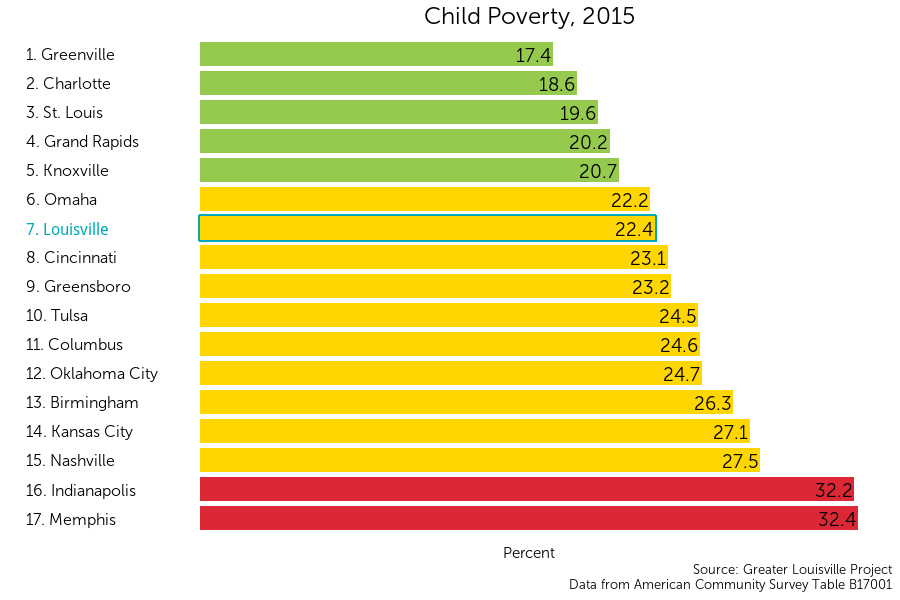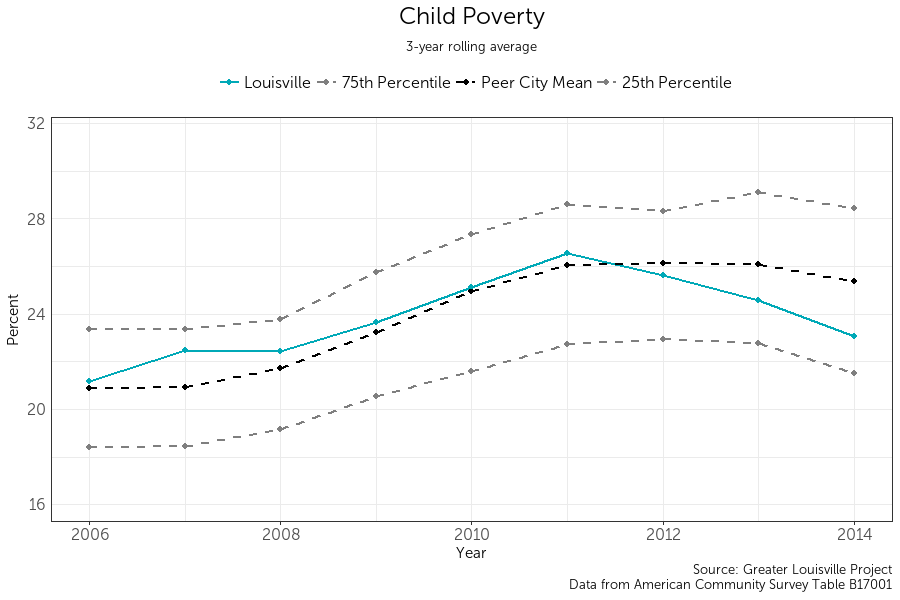Child Poverty
Young children living in poverty experience unique barriers to food access, stable housing, healthcare, and social support. In addition, they are at an increased risk of depression, intimate partner violence, and poor health behaviors as they grow older. As a result, children who grow up in poverty experience higher rates of illness and death than children who do not.


